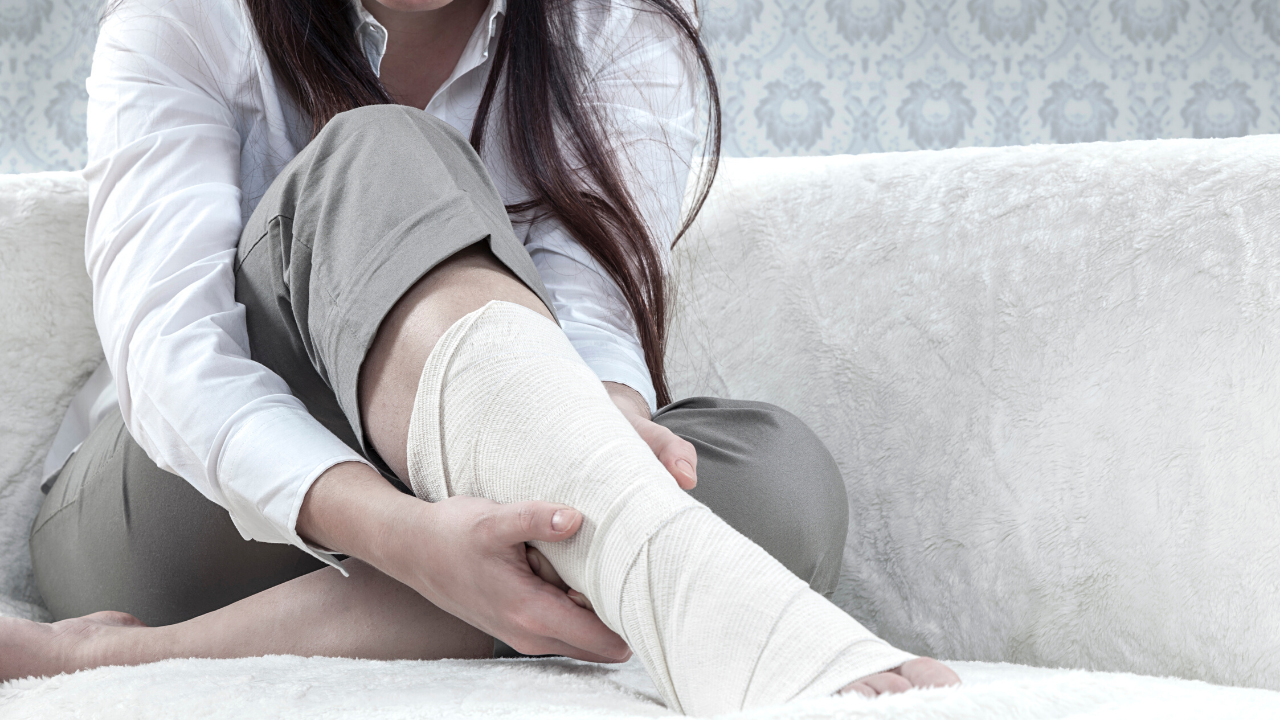
As a parent, you take on the responsibility to keep your child from preventable injuries. And teaching them the importance of safety and good habits can help prevent accidents and injuries that may happen in their everyday activities. Watch the full video here:

Children are naturally inquisitive and eager to explore their surroundings. But without guidance, this can lead to accidents that can turn into serious consequences later on. It’s not easy to prevent injury in children and teens, but there are a few steps we could take to lessen the incident.
1. Helmets.
Make sure that your children wear helmets in the appropriate situations like cycling, biking, skating, etc. A helmet helps protect the head from injury.
2. Avoid dangerous situations.
Keeping your child away from dangerous situations is a huge injury prevention tip that should always be followed even in some common scenarios. This includes letting them play around the pool without adult supervision, not having appropriate restraints in their car seats or other places, allowing excessive screen time, etc.
3. Avoid dangerous toys.
Some toys are especially dangerous and should be avoided at all costs. Some simple examples are toy guns or anything that looks or works like a real weapon.
4. Avoid chewable jewelry for your small kids.
Some of these can break off if chewed too much. (Also check out is your baby’s head stuck to one side?)
Along with avoiding dangerous things and places, provide the appropriate equipment. These days, there’s a lot of motivation for children to get involved in physical activities. And sports and games are important ways for kids to build healthy bodies and minds. But sometimes injury can strike even at the most organized of sports. So to prevent injury from playing, equip your child with protective gear. This will provide shock absorption and structural stability to decrease your child’s prospects of getting hurt.
Some examples of protective gear are helmets, shin guards, and pads (like the ones that ballet dancers wear to protect their toes).
 5. Protect them against falls and collisions.
5. Protect them against falls and collisions.
You know your child is more at risk for injuries if they’re still learning how to walk or run. When kids are exploring their surroundings, it’s normal for them to slip and fall in the process. And this is when injury prevention really comes in handy. So if you notice your child taking risks, talk to them about it. You can also prepare your environment with soft surfaces to help cushion against potential falls.
6. Watch for signs of injury in your kids.
Also, watch out for bruising in areas of the body where the injuries aren’t visible or even if you didn’t actually see the injury happen. Notice if your kid is being unusually irritable, sad, withdrawn, can’t use their arm or leg, or limping.
7. Educate your children about injury prevention.
Communication is key. If you desire your children to be safer, don’t assume they already understand what is safe or not. And give them consistent reminders, especially if your kids are struggling to be safe.
Remember that injury prevention starts with you as a parent. And it’s important for you to set an example of safety by following these recommendations too.
Schedule an appointment with us: tompkinschiropractic.com/schedule
See also: What is repetitive strain injury and how can you avoid it?

